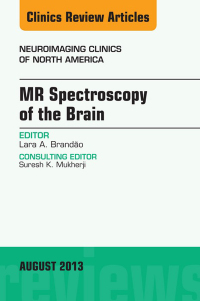-78%
Understanding Infections in Solid Organ Transplant Recipients
Solid organ transplantation (SOT) is a life-saving procedure that can significantly improve the lives of patients with end-stage organ failure. However, SOT patients face unique challenges in terms of infection prevention and management.
Potential Etiologies of Infection
The factors contributing to the increased risk of infection in SOT recipients are complex and multifaceted. Immune suppression, necessary to prevent organ rejection, compromises the body’s natural defenses against pathogens. Furthermore, the altered anatomy following transplant surgery creates additional portals of entry for microorganisms.
Common potential sources of infection include:
- Donor organs, which may harbor latent infections
- Surgical wounds, providing a direct route for bacteria and fungi to enter the body
- Indwelling catheters, serving as conduits for biofilm formation and bloodstream infections
- Respiratory tract, especially in patients with impaired lung function
- Gastrointestinal tract, due to immunosuppression-induced dysbiosis
Diagnostic Challenges
Diagnosing infections in SOT recipients presents unique challenges. The altered anatomy can make it difficult to accurately localize the source of infection, and immunosuppression can obscure the usual signs and symptoms of infection.
- Altered anatomy: The surgical modifications made during organ transplantation can disrupt normal anatomical landmarks, making it challenging to isolate the infected site.
- Immunosuppression: Immunosuppressant medications suppress the immune system, which can lead to atypical presentations of infection. For example, fever, a common indicator of infection, may be absent or blunted in SOT patients, making early detection difficult.
Unresolved and Controversial Issues
Several areas of concern related to infections in SOT recipients remain unresolved and subject to debate.
- Donor-derived infection: The potential for transmission of infection from the organ donor to the recipient is a significant concern. Despite rigorous screening protocols, occult infections may go undetected and pose a risk to transplant recipients.
- Pandemic influenza: The impact of pandemic influenza on SOT recipients is poorly understood. Immunosuppression and the increased risk of respiratory complications raise concerns about the severity and outcomes of influenza infection in this population.
- Drug-resistant infections: The emergence of multidrug-resistant bacteria and fungi is a growing threat to SOT patients. Immunosuppression can impair the effectiveness of antimicrobial therapies, making it challenging to successfully treat infections.
Conclusion
Infections pose a significant challenge to SOT recipients. Understanding the potential etiologies, diagnostic challenges, and unresolved controversies is essential for effective prevention and management. Continued research is needed to optimize strategies for infection control, improve diagnostic modalities, and address emerging issues in this complex patient population.
maybe you like these too:
- Symptom-Based Diagnosis in Pediatrics (CHOP Morning Report) (EPUB)
- Neurosurgical Infectious Disease: Surgical and Nonsurgical Management (ORIGINAL PDF from Publisher)
- Health Care-Associated Transmission of Hepatitis B and C Viruses, An Issue of Clinics in Liver Disease (The Clinics: Internal Medicine) (Original PDF from Publisher)
- Advances in the Diagnosis and Treatment of Pediatric Infectious Diseasese, An Issue of Pediatric Clinics, 1e (The Clinics: Internal Medicine) (Original PDF from Publisher)









Reviews
Clear filtersThere are no reviews yet.